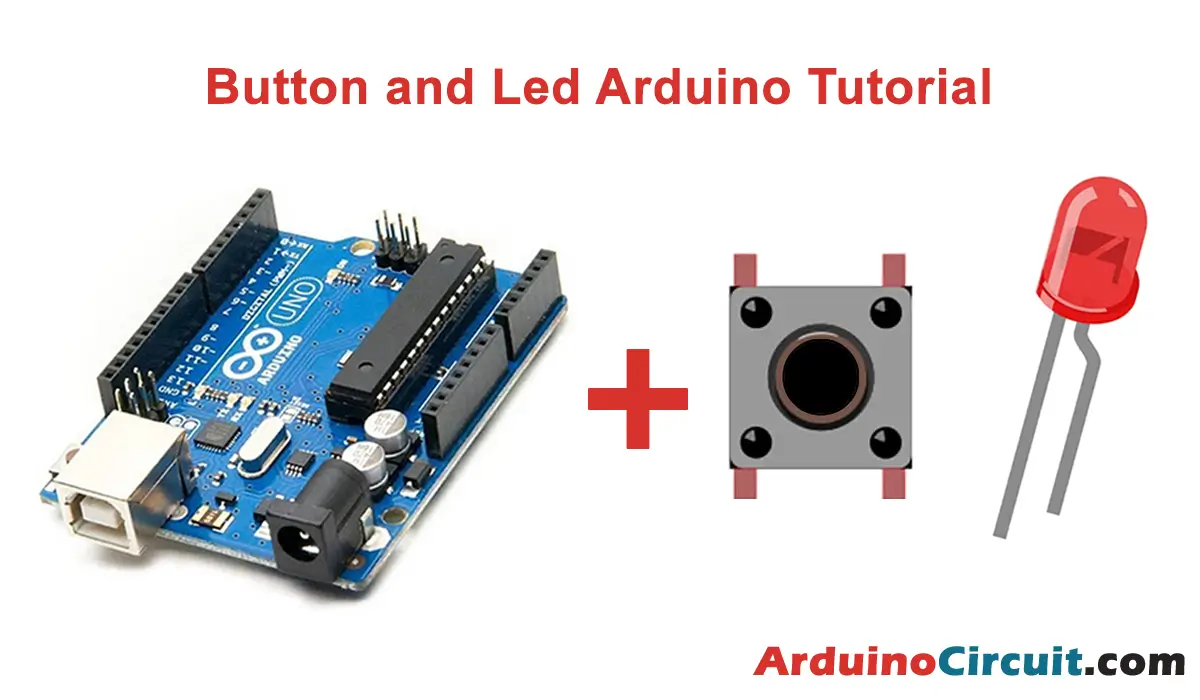Introduction
Create a captivating visual experience with the Flame Effect LED project using an Arduino UNO. In this tutorial, we will guide you Flame Effect Lamp with Arduino and LEDs, through the process of simulating a realistic flame effect using LEDs and Arduino programming. By combining the power of LEDs and creative coding, you can add a mesmerizing and dynamic flame-like glow to your projects. Let’s delve into the components needed and the step-by-step instructions to bring this fiery spectacle to life.
Hardware Required
You will require the following Hardware Components for interfacing the Flame Effect Lamp with Arduino and LEDs.
| Components | # | Buy From Amazon |
|---|---|---|
| Arduino UNO | 1 | Buy Now |
| LEDs (2 Yellow, 1 Red) | 3 | Buy Now |
| Resistor 220Ω | 3 | Buy Now |
| 9v DC Adapter (Optional) | 1 | Buy Now |
| Jumper Wires | Few | Buy Now |
| Breadboard | 1 | Buy Now |
Creating the Flame Effect LED
Follow these steps to craft the Flame Effect Lamp with Arduino and LEDs:
- Connect the anode (longer leg) of one yellow LED to digital pin 9 on the Arduino through a 220Ω resistor. Connect the cathode (shorter leg) of this LED to the GND pin.
- Connect the anode (longer leg) of the red LED to digital pin 10 on the Arduino through a 220Ω resistor. Connect the cathode (shorter leg) of the LED to the GND pin on the Arduino.
- Similarly, connect the anode of the second yellow LED to digital pin 11 on the Arduino with a 220Ω resistor. Connect the cathode to the GND pin.
- Now connect the Arduino to a laptop or PC through cable and upload the following code
- Attach the 9V power adapter to the Arduino to ensure a stable power supply.
Circuit Diagram

Installing Arduino IDE Software
First, you will require to Download the updated version of Arduino IDE Software and Install it on your PC or laptop. if you Learn How to install the Arduino step-by-step guide then click on how to install Arduino Button given Blow
Code
//For more Projects: www.arduinocircuit.com
// ARDUINO LED FIRE OR FLAME EFFECT
// For more information and projects: www.progettiarduino.com
// Declare global variables
int DelayTime = 140;
int RandomTemp = 150;
int Yellow_1 = 11;
int Red = 10;
int Yellow_2 = 9;
// Arduino pin configurations
void setup() {
pinMode(Yellow_1, OUTPUT); // Yellow LED 1 as output
pinMode(Red, OUTPUT); // Red LED as output
pinMode(Yellow_2, OUTPUT); // Yellow LED 2 as output
}
void loop() {
// Set output with a random level from 0 to 150 as per the set variables
analogWrite(Yellow_1, random(RandomTemp) + DelayTime);
analogWrite(Red, random(RandomTemp) + DelayTime);
analogWrite(Yellow_2, random(RandomTemp) + DelayTime);
delay(random(100));
}
Applications
- Decorative Displays: Add an alluring ambiance to events, parties, or room decor with a mesmerizing flame-like glow.
- Theater and Stage Effects: Create captivating visual effects for theatrical performances or stage productions.
- Prop Building: Enhance the realism of props by integrating a simulated flame effect.
- Halloween and Cosplay: Incorporate the flame effect into costumes or decorations for Halloween or cosplay events.
- Creative Art Projects: Use the flame effect to evoke emotions and add depth to interactive art installations.
Conclusion
In this tutorial, we explored how to create a Flame Effect Lamp with Arduino and LEDs. By combining LEDs and creative coding, you can generate a mesmerizing and realistic flame-like glow. We discussed the required components, the circuit connections, and provided a sample Arduino code to bring the fiery spectacle to life. Now you have the tools to infuse your projects with a captivating and dynamic visual element that imitates the dancing flames. Whether for decorations, theatrical effects, or artistic endeavors, the Flame Effect LED adds an enchanting touch to your creative journey.





